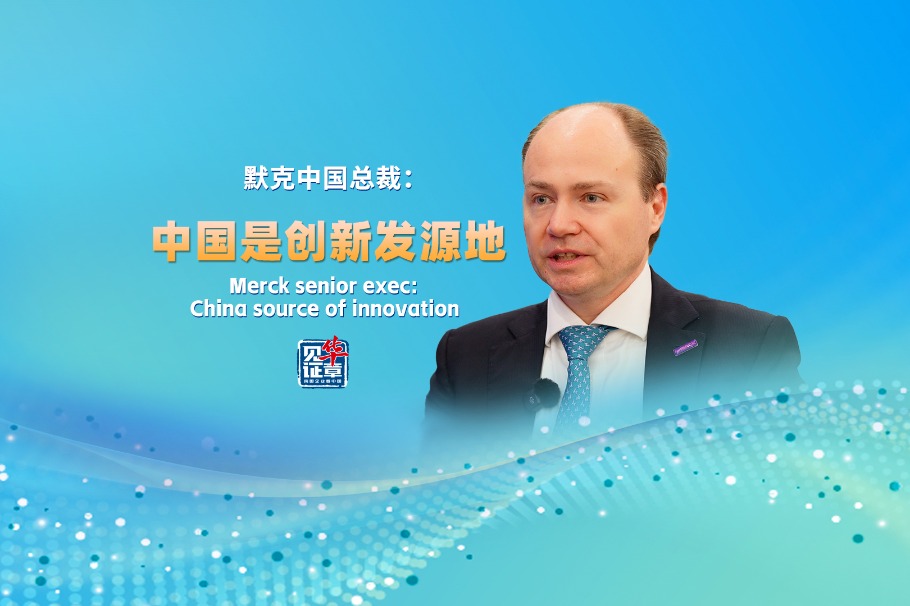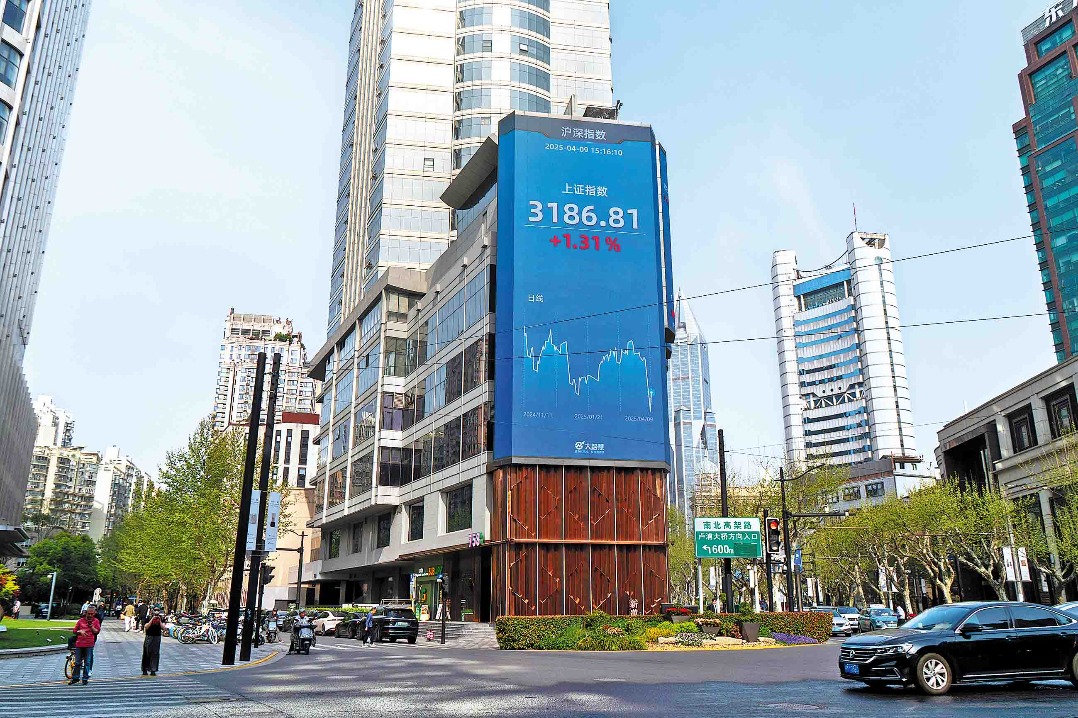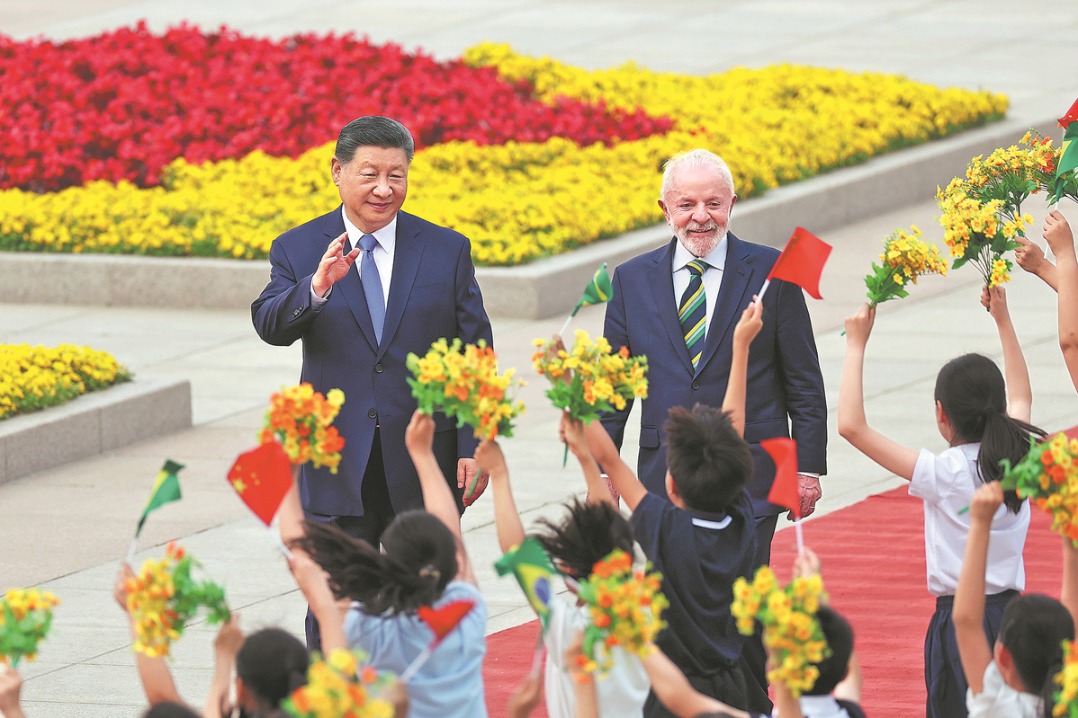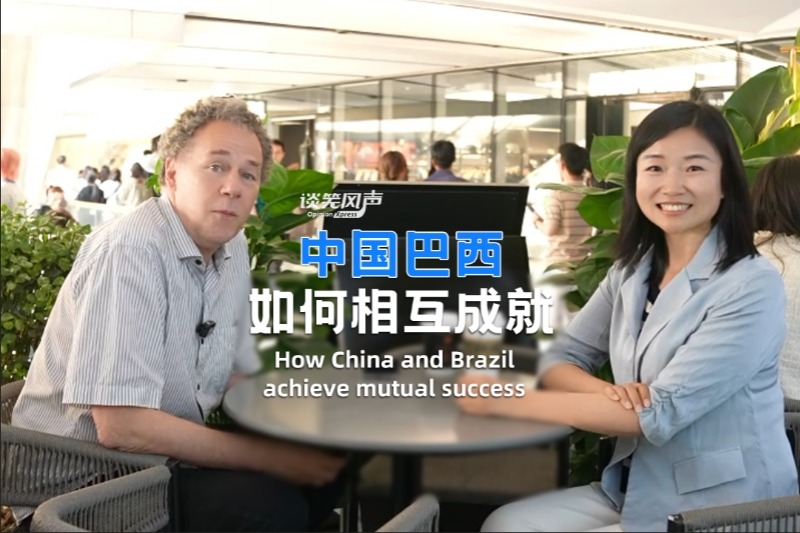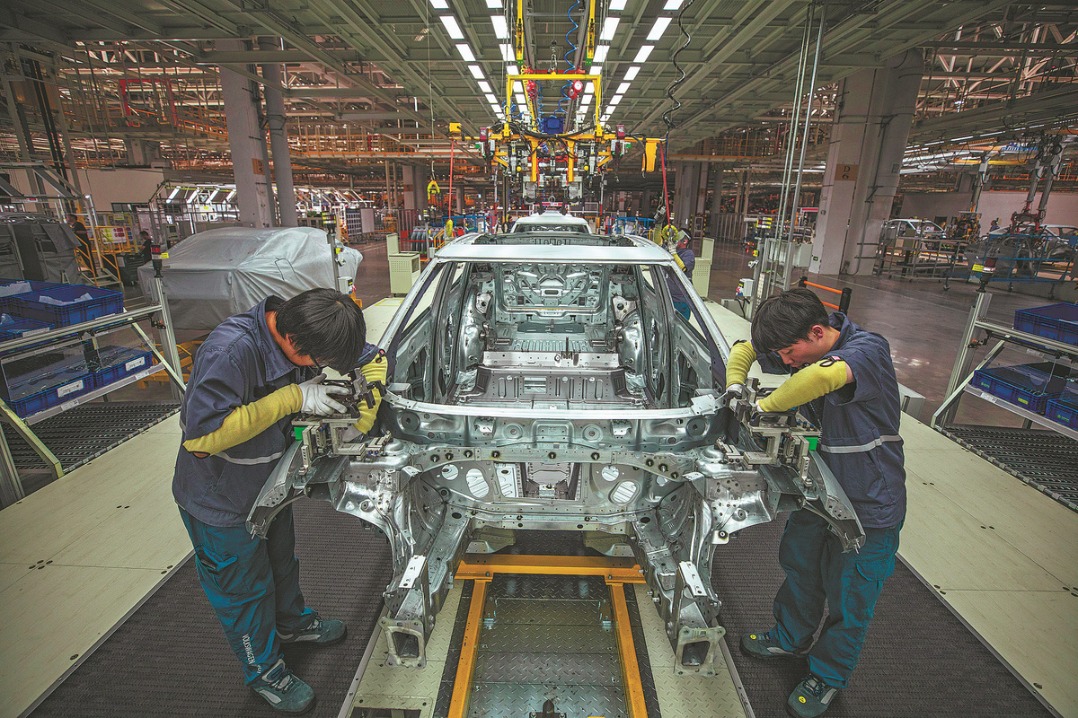Sustainability key to next phase of Belt and Road

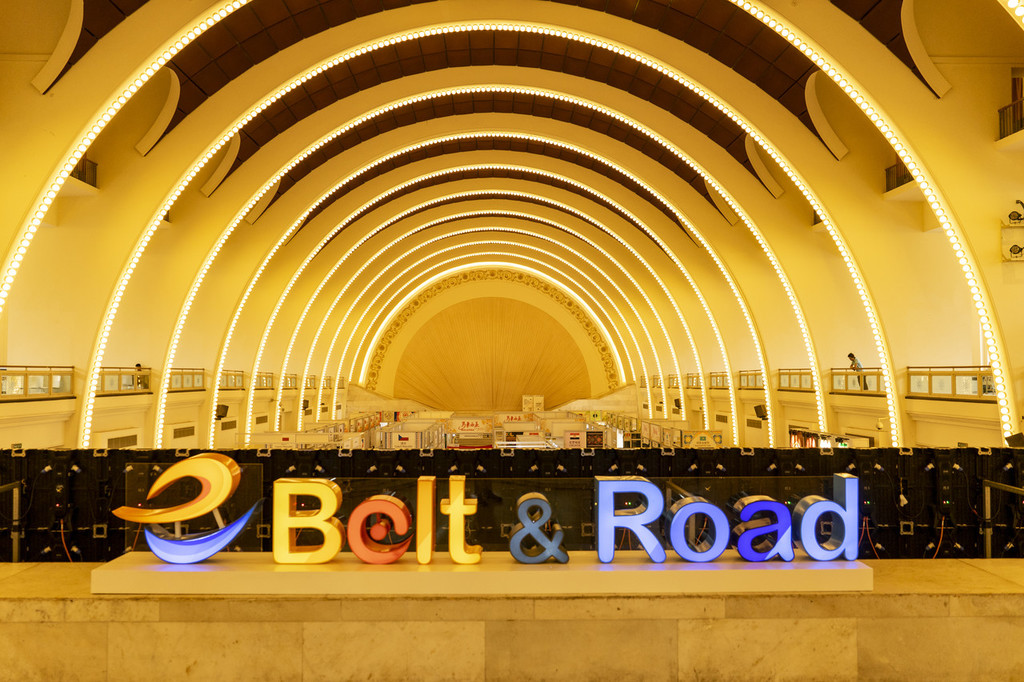
Editor's note: In her speech at the Second Belt and Road Forum for International Cooperation on Friday, Christine Legarde, International Monetary Fund managing director, said the initiative had now entered its second phase-which she called "BRI 2.0". Excerpts:
Today, as we prepare ourselves for this new phase, it seems fitting to first review where we have been. And then, together, consider the lessons learned for achieving greater balance moving forward.
To borrow from a Chinese proverb, "It is easy to start a venture-the more difficult challenge is what comes next." That is where we find ourselves today, at the more difficult challenge.
The BRI is clearly having an impact. From stimulating infrastructure investment to developing new global supply chains.
At the same time, history has taught us that, if not managed carefully, infrastructure investments can lead to a problematic increase in debt.
I have said before that, to be fully successful, the Belt and Road should only go where it is needed. I would add today that it should only go where it is sustainable, in all aspects.
Fortunately, the Chinese government is already taking some steps to ensure this is the case. The new debt sustainability framework that will be utilized to evaluate Belt and Road projects is a significant move in the right direction.
"BRI 2.0" can also benefit from increased transparency, open procurement with competitive bidding, and better risk assessment in project selection.
The launch of green investment principle at this conference is a further important step forward for the initiative, and a step forward for green, low-carbon and climate-resilient investment.
Debt sustainability and green sustainability will strengthen the sustainability of the Belt and Road.
I know the Chinese authorities are committed to this idea, and to partnerships between China, participants in the initiative, international institutions, and the private sector. The IMF stands ready to assist through our policy advice and capacity development programs.
One key example. Since its launch last year, the China-IMF Capacity Development Center has trained close to 500 officials representing 45 countries. As you can see, the IMF is your partner in implementing the next phase.
So, as "BRI 2.0" moves forward, I trust it will be guided by a spirit of collaboration, transparency, and a commitment to sustainability that will serve all of its members well, both today and tomorrow.
















